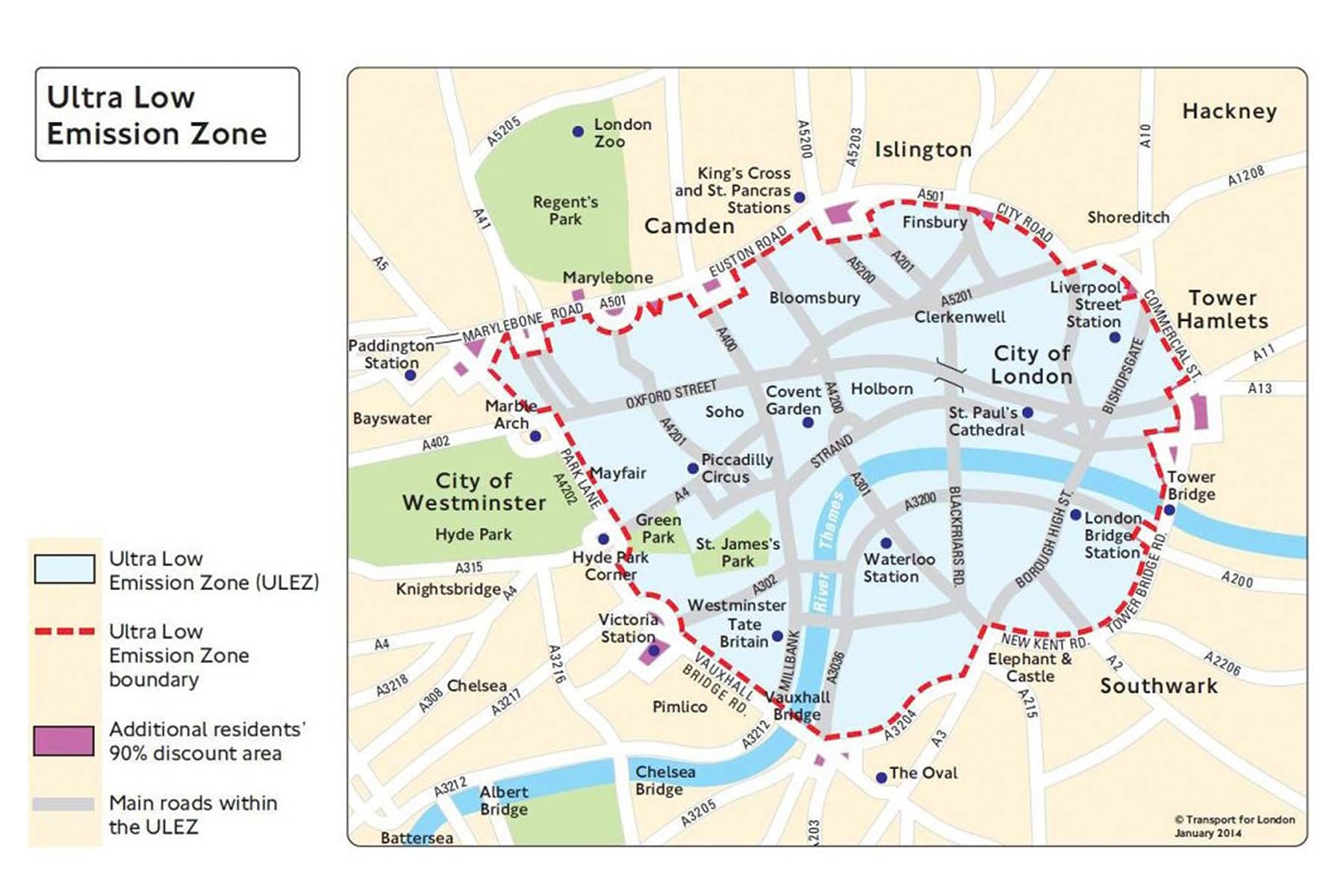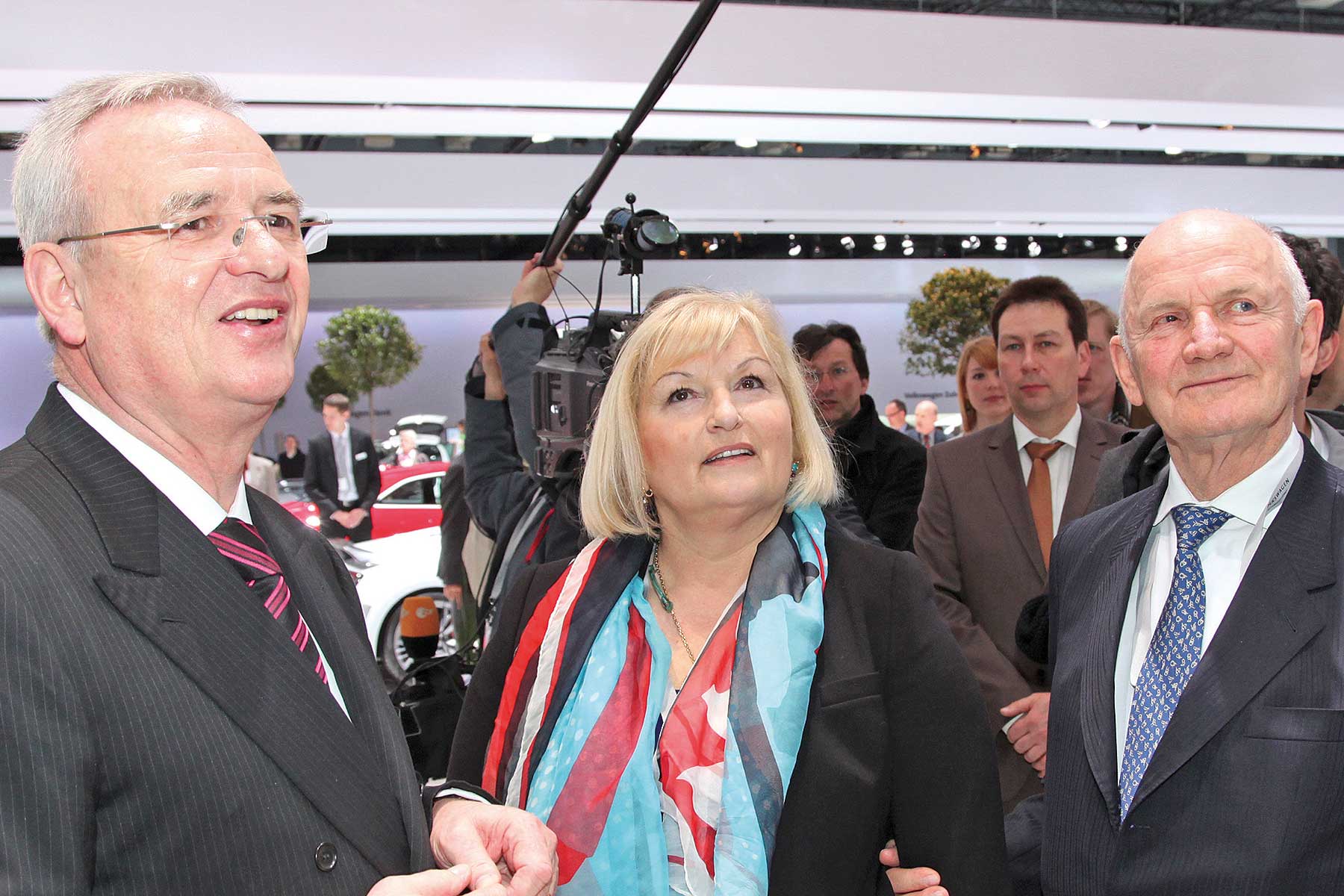 Ferdinand Piech has abruptly resigned as chairman of the Volkswagen Group after openly criticising his CEO Martin Winterkorn.
Ferdinand Piech has abruptly resigned as chairman of the Volkswagen Group after openly criticising his CEO Martin Winterkorn.
In a Volkswagen Group statement, it was announced that “Professor Dr. Ferdinand K. Piëch has resigned with immediate effect from his position as Chairman of the Supervisory Board and from all his mandates as a Supervisory Board member within the Volkswagen Group”.
His wife Ursula has also resigned.
The executive committee of the supervisory board of Volkswagen Group – which, as per German business practice, oversees the main management board – today met to discuss what it described as “the situation”.
Its conclusion? “The members of the Executive Committee have unanimously determined that in view of the background of the last weeks the mutual trust necessary for successful cooperation no longer exists.”
Deputy chairman Berthold Huber will temporarily assume Piech’s chairmanship.
Piech’s Porsche roots
Piech is the son of Louise, the daughter of Ferdinand Porsche. A brilliant engineer, he joined Porsche after studying mechanical engineering and, after designing a five-cylinder engine for Mercedes-Benz in the interim, moved to Audi and pushed through models such as the 80, 100 and Ur Quattro.
He succeeded Carl Hahn as chairman of Volkswagen AG, turning around the company and its constituent brands. Audi, for example, developed from a German curio into one of the world’s largest premium car brands under his leadership.
Piech also ‘engineered out’ executives that he deemed failures: Berndt Pischetsreider of Volkswagen and Wendelin Wiedeking of Porsche were all hugely successful industry leaders who nevertheless fell under Piech’s watch.
In a statement, Porsche holding company Porsche SE said: “We have full confidence in the board of management of Volkswagen Group and we deeply regret the developments of the last few days.
“We thank Ferdinand Piëch for his decades of extraordinary and highly successful service to the Volkswagen Group. Our great loyalty to the Volkswagen Group and its 600,000 employees remains unchanged and we assume our responsibility as a principal shareholder.”
ALSO READ
‘The Stig’ delivers Jeremy Clarkson petition to the BBC… in a tank
Official: Jeremy Clarkson dropped from Top Gear
Mitsubishi hits out at ‘irresponsible’ claims that MPG figures are misleading

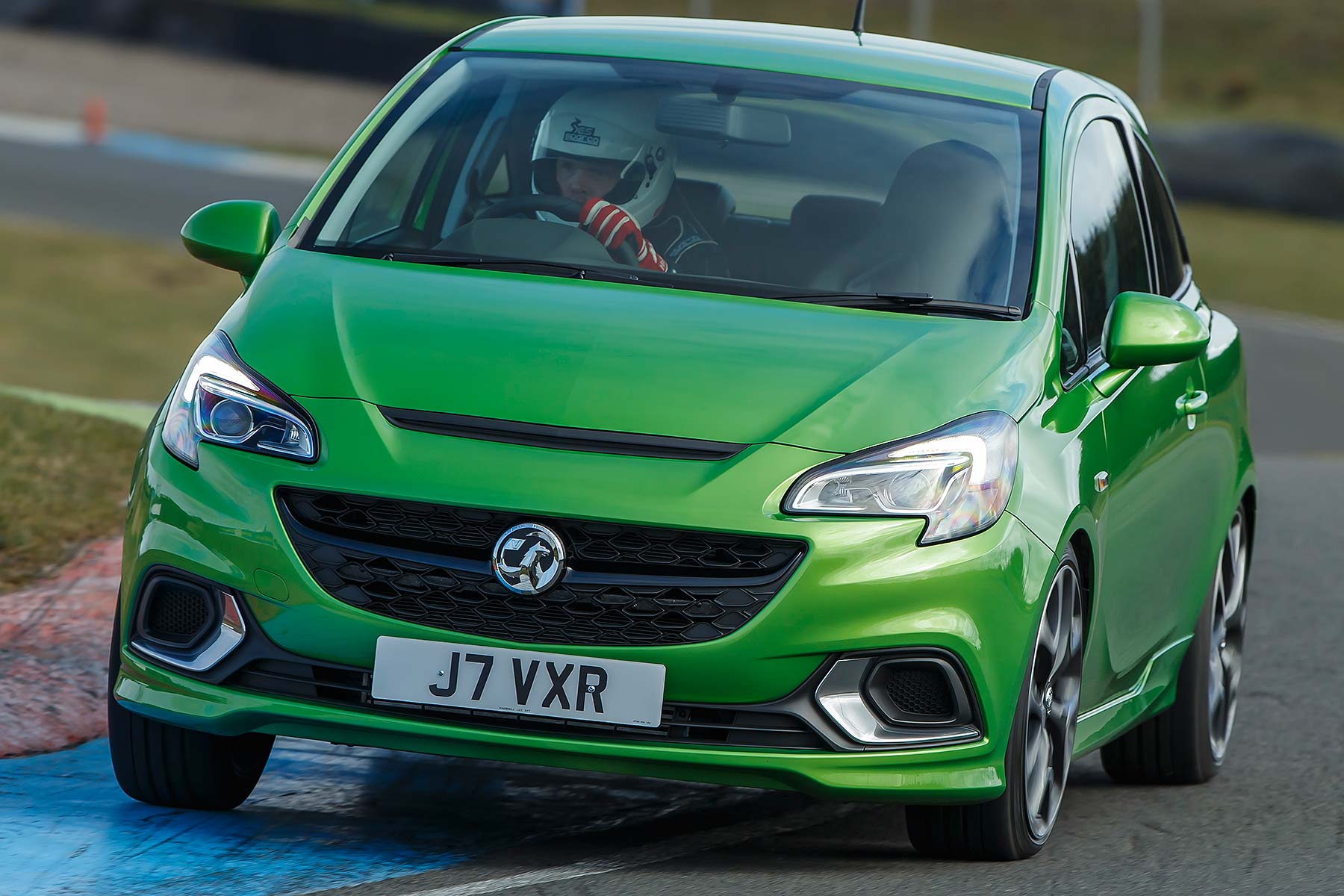 Vauxhall has revealed nearly everyone who buys a new Corsa VXR is aged between 19-29 – and it’s new car finance that’s helping them ‘live their dream’.
Vauxhall has revealed nearly everyone who buys a new Corsa VXR is aged between 19-29 – and it’s new car finance that’s helping them ‘live their dream’.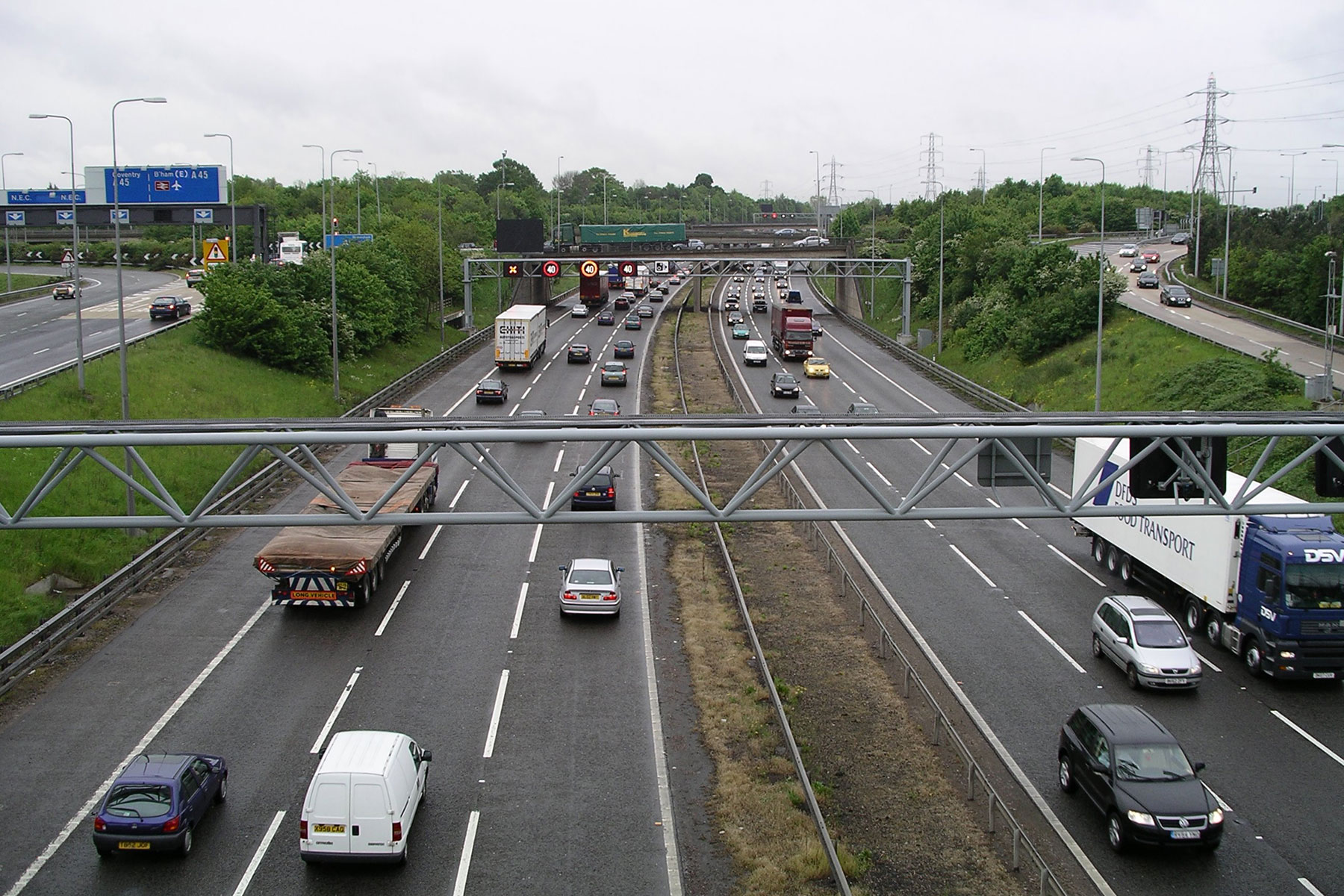
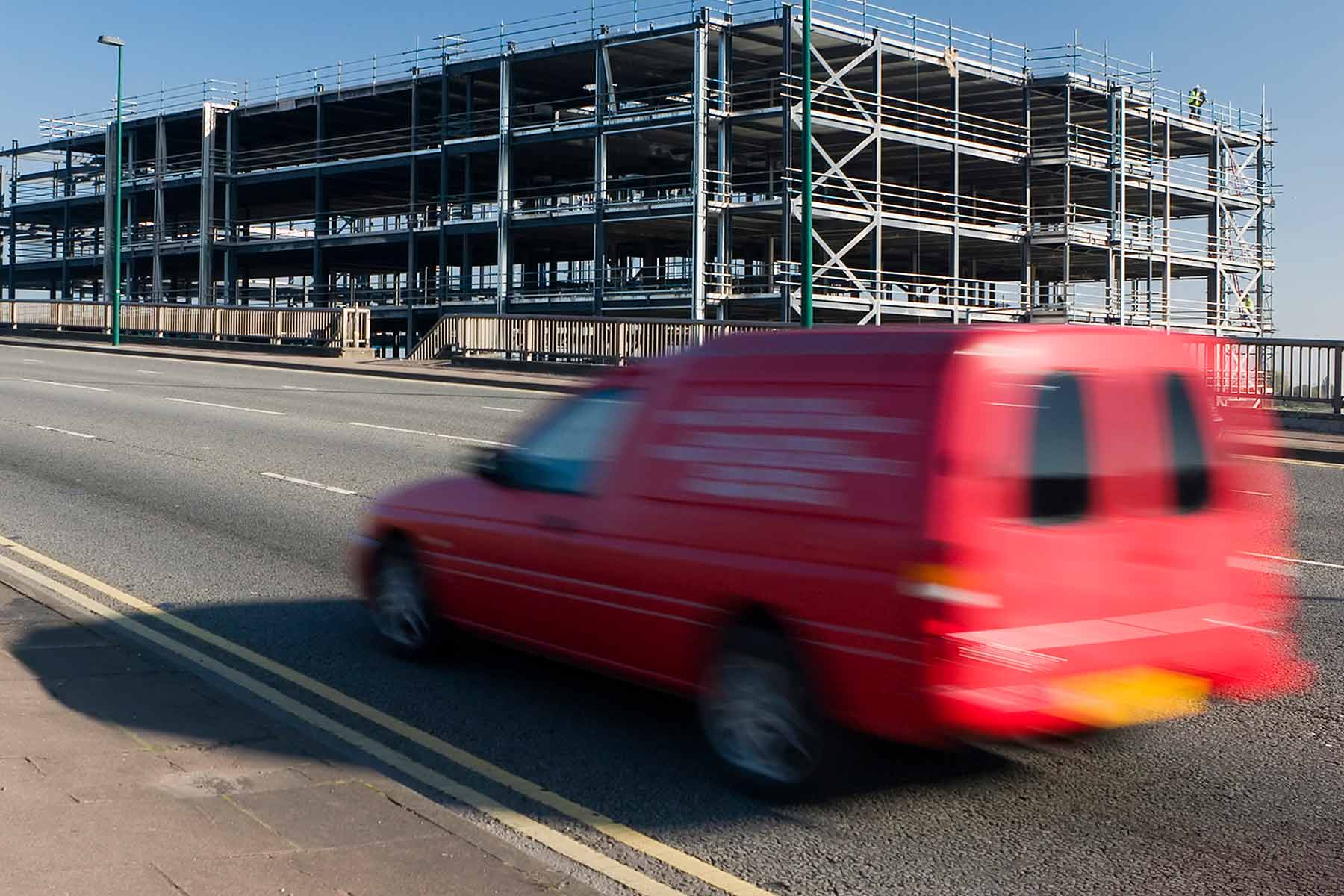 The SMMT has revealed shock figures that expose worryingly poor levels of safety among Britain’s van users.
The SMMT has revealed shock figures that expose worryingly poor levels of safety among Britain’s van users. The HondaJet aircraft will make its first public appearances in Japan and Europe later this month as it begins a 26,000 nautical mile, 13-country world debut flight tour.
The HondaJet aircraft will make its first public appearances in Japan and Europe later this month as it begins a 26,000 nautical mile, 13-country world debut flight tour.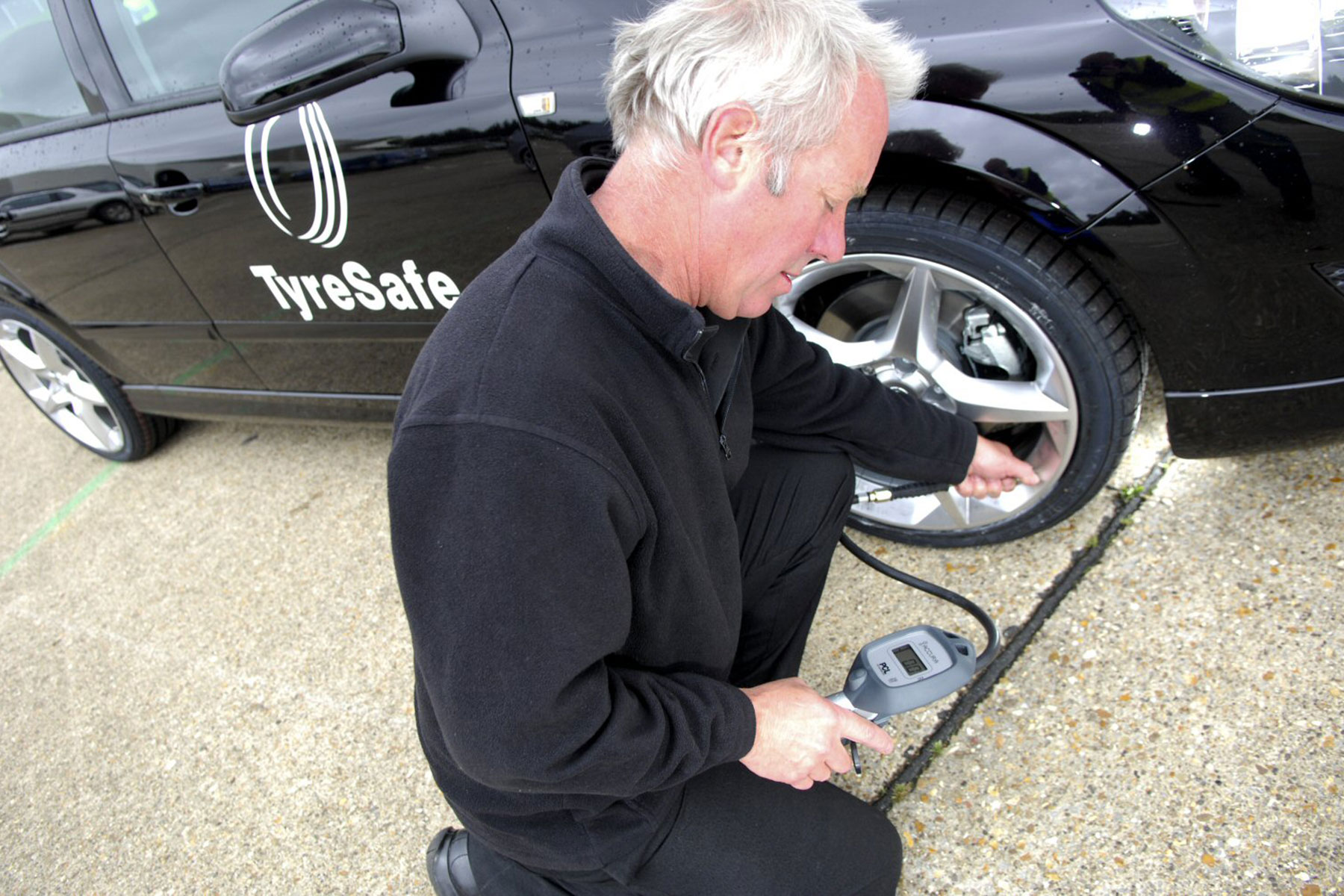
 Honda has revealed the future of its Swindon car plant is secure by announcing it will receive £200 million investment to build the next generation Civic.
Honda has revealed the future of its Swindon car plant is secure by announcing it will receive £200 million investment to build the next generation Civic.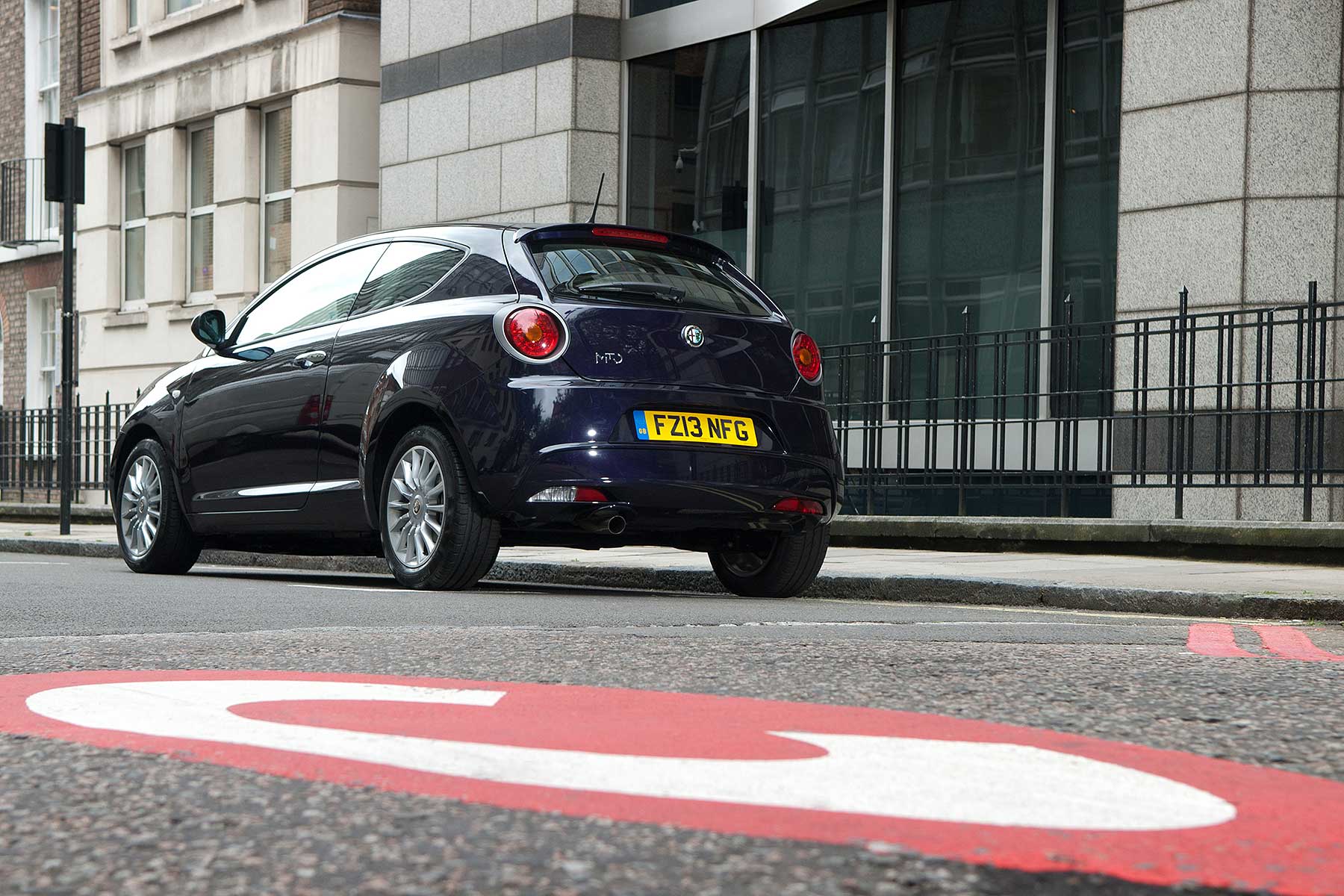 London will become the world’s first city to operate an ultra-low emission zone from 7 September 2020, London Mayor Boris Johnson has confirmed.
London will become the world’s first city to operate an ultra-low emission zone from 7 September 2020, London Mayor Boris Johnson has confirmed. 